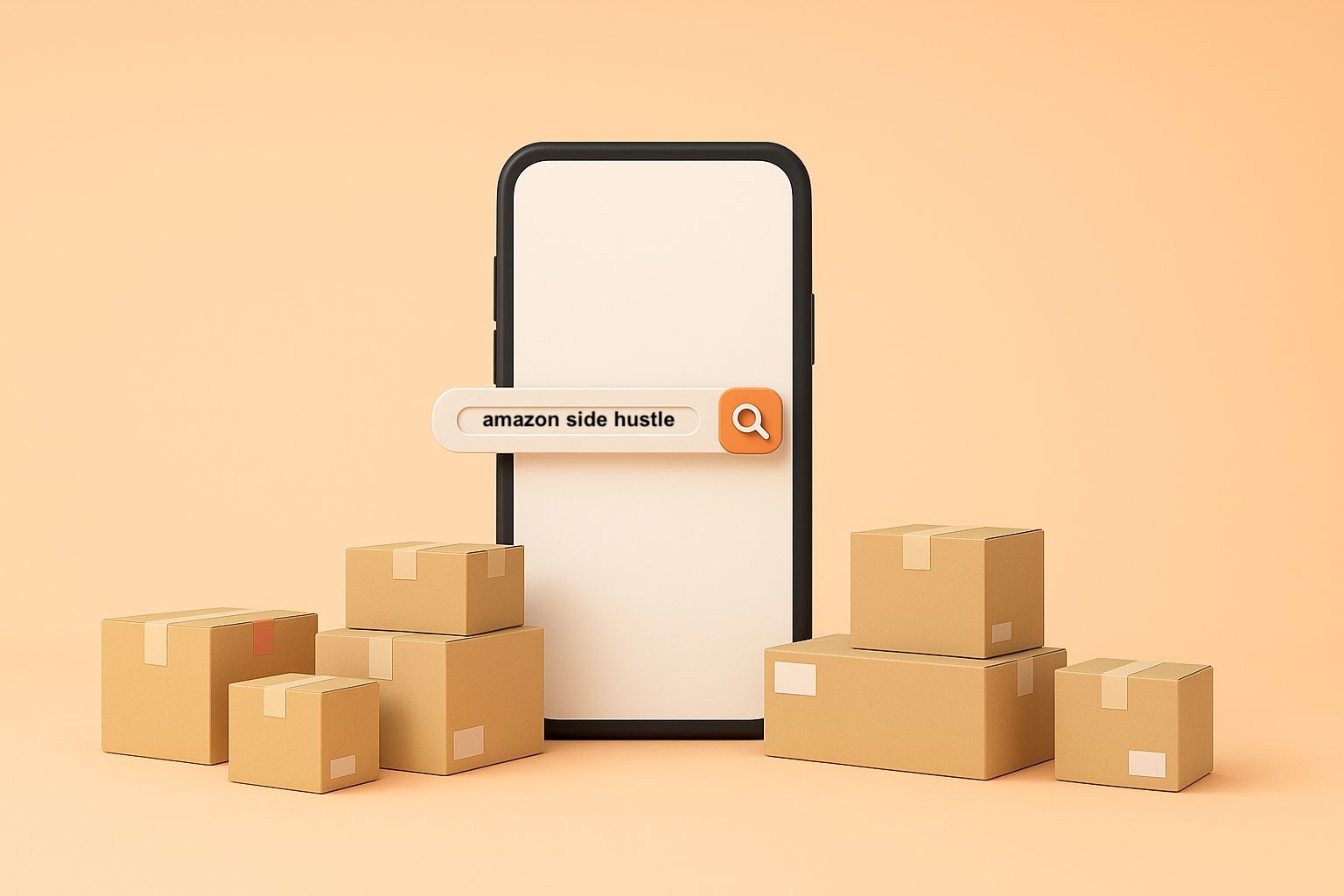How a PIM Tool Can Help You Win at Product Listing Optimization for Amazon

Amazon is the marketplace every e-commerce business wants to sell on, and rightly so.
Its net revenue reached about 386 billion U.S. dollars in 2020.

As a seller, being able to share just a small fraction of this percentage can be a game-changer.
Sure, in an ideal world, you’d be the only one who wished to share a slice of this financial pie, but unfortunately, it isn’t like that. Every business wants to sell on Amazon, which is why it’s so highly competitive. The marketplace is overly saturated, and you don’t only have to deal with your competition but Amazon’s algorithm that ensures only the best, detailed products are at the frontline.
But, every product is the best product in its own right. You just need to ensure your content is worthy enough to rank, which brings us to Amazon product listing optimization (PLO) and the purpose of this approach.
Selling on Amazon: What Is Product Listing Optimization?
In short, Amazon product listing optimization (PLO) is tailoring your listing well enough to a.) comply with Amazon’s business needs and b.) feature information that is aligned with their algorithm and rank on their platform. When you have optimized your listing through accurate use of keywords, you’re providing specific signals that can help you rank higher and appear in front of your targeted audience.
On the other hand, detailed content also tells customers more about your product, which helps them in their decision-making process. In fact, more than half of online shoppers say they won’t purchase a product if it lacks information.
As of the third quarter of 2021, there are more than 353 million items being sold on Amazon, and it’s safe to assume that a customer will look elsewhere when you aren’t giving them the information they need. But, PLO isn’t a practical solution and can be as challenging when you don’t have a product information management (PIM) tool.
What Is a Pim Tool?
If you’ve never heard of PIM, you may be wondering, “what is a product information management tool?” A PIM, or what is also commonly known as PIM software, is a tool that allows you to handle product information, sales and marketing-specific information in one central repository. Anything to enrich the customer experience. This data can include information such as;
Having a PIM solution ensures that you have up-to-date, accurate information that can be used for multichannel distribution to sales channels like Amazon. Each channel has its own rules and criteria to follow, but below, we’ll talk more about the three ways on Amazon to tackle product listing optimization.
1. Easily Incorporating High-Ranking Keywords
To rank high and land on the first page, you need to have high-performing and relevant keywords in your content. You can use keyword tools like Sonar, which is a free Google Chrome extension that gives sellers a range of keywords to help with their listings. They give you access to over +180 million real Amazon search terms. These Amazon-specific terms or phrases can be stored in a catalog management system like Plytix PIM, and used to create new product listings for the same platform. To further help you rank, you can add a high-ranking keyword to your product title on Amazon as it will generate a canonical URL with the keyword in it. This will help contribute to better search rankings.
Having all this optimized information in one location allows efficiency, instead of wasting time finding your keyword spreadsheet then moving it to another spreadsheet with your Amazon product content.
2. Store and Access Digital Assets From One Place
There are ecommerce product catalogs that have digital asset management (DAM) capabilities. This allows you to store your high-resolution images for your Amazon products. Your Amazon images will likely be different from what you use on your web store and for every other sales channel you sell on.
When you have a centralized location to store them in, you don’t have to waste time finding the images. Instead, they are safely stored in the cloud, and can be retrieved whenever you need them. Amazon has specific guidelines for images used on their platforms, for example, you need; lifestyle photos, images in different sizing and angles, and product videos that will help draw a customer’s attention to your product. So, having a central source for all your images makes asset management easier.

3. Optimize Product Content for Amazon
From product titles to features, descriptions, and more, you need to optimize your product content to improve visibility. Without a PIM system, this process means managing a number of different spreadsheets and documents, which can cause data silos and room for error. It is said that 75% of data loss is from human error and data entry that hasn’t been thoroughly checked has an error rate of 4%. Errors on Amazon can result in suppressed status which defeats the purpose of even selling on Amazon.
Final Thoughts
Juggling a number of spreadsheets only result in a loss of productivity and sales. Having a catalog management system frees you from manual data entry and gives you time to focus on creating killer content that will rank. With PIM, you can store, update, manage, and enhance your product data in a single location and simply transform it to fit the requirements of the Amazon platform. This brings you one step closer to the first page, high conversion rates, and ultimately, sales.
Image credits (header): ©VectorMine – stock.adobe.com







